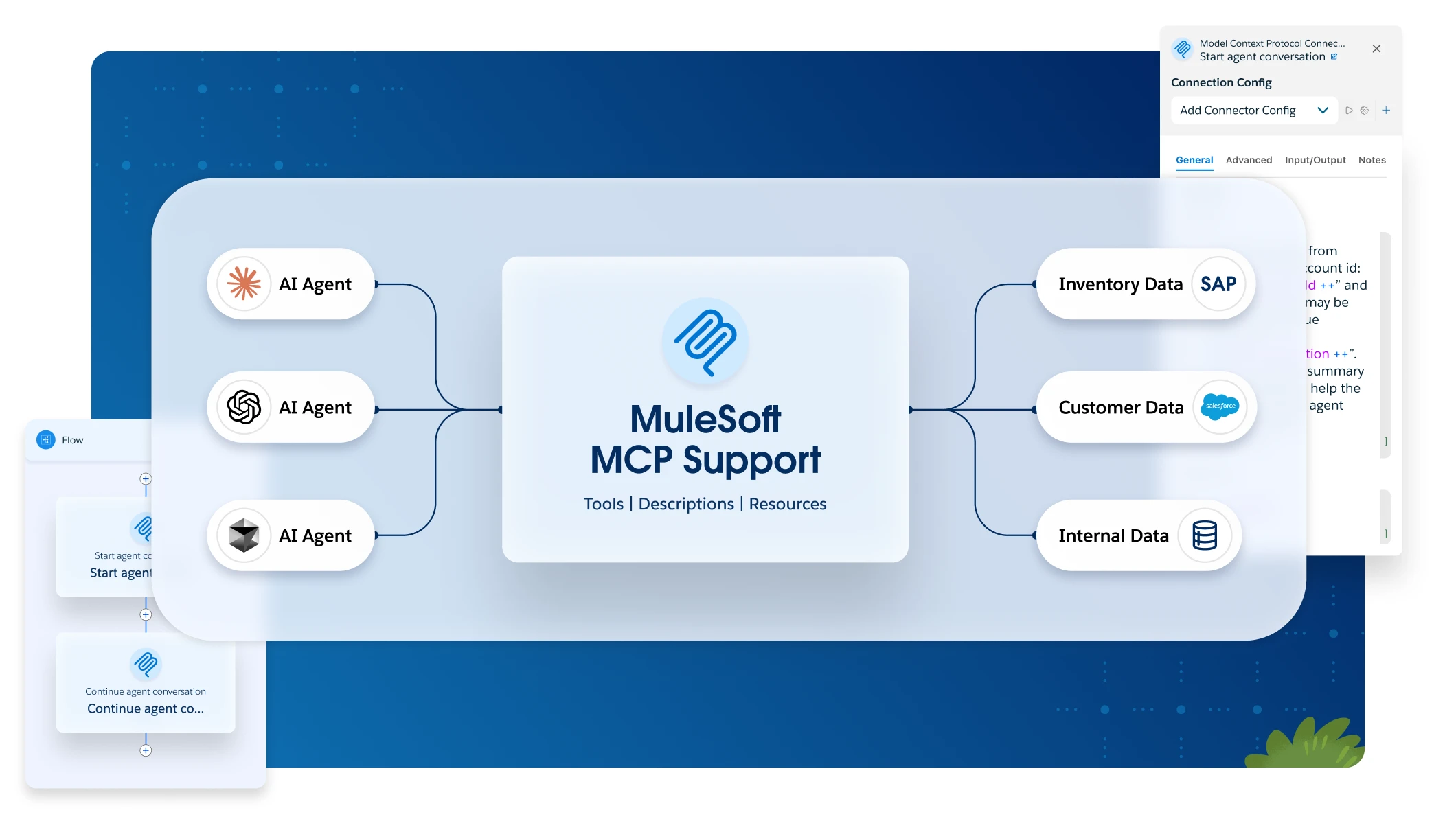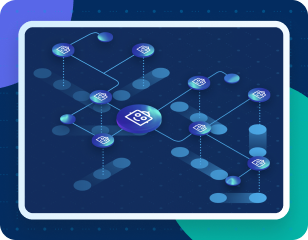What is API Automation?
Learn how API automation streamlines testing processes, improves accuracy, and helps identify issues early in development.
Application Programming Interfaces (APIs) are at the forefront of software development and security. Regular testing and management are critical to their efficient and safe functioning.
API Automation significantly reduces the need for manual testing which leads to improved accuracy, reliability, and overall software quality. In this guide, we will explore the world of API automation, its advantages, best practices, real-world use cases, and the tools that empower it.
How to do API test automation
API test automation is a type of automation that helps software developers and administrators manage the quality and performance of their APIs through regular, accurate testing. By automating the testing phase, developers can streamline their work without sacrificing the accuracy of scans or tests.
Typical steps that make up the API test automation processes are:
- Identify the APIs that need to be tested: The initial phase involves pinpointing the APIs that require testing. This is achieved by meticulously reviewing the software requirements specification (SRS) to isolate the APIs essential to the application's functionality.
- Design test cases for each API: Once the APIs have been identified, the next step is to design test cases for each API. Test cases should cover both positive and negative scenarios and be designed to test the API's functionality, performance, and security.
- Select an API testing tool: Many API testing tools exist, each with distinct advantages and drawbacks.
- Configure the API testing tool: Once an API testing tool has been selected, it needs to be configured to work with the APIs that are being tested. This may involve setting up authentication, specifying the API endpoints, and defining the test data.
- Execute the API tests: Upon configuring the API testing tool, the API tests can be executed. The tool will automatically send requests to the APIs and validate the responses.
- Continually monitor API systems: Make sure you regularly update API test cases and monitor new test results for any failures in performance and security.
What are the advantages of API automation?
API automation offers a wide range of benefits that can streamline the software development process and improve the overall quality of the software product.
Reduction of manual testing
One of the key benefits is the reduction of manual testing. Manual testing is often time-consuming, error-prone, and inefficient, especially for complex APIs with many endpoints. API automation can eliminate the need for manual intervention by executing tests quickly and accurately, freeing up valuable resources for other important tasks.
Enhance precision and dependability of testing
Furthermore, API automation significantly enhances the precision and dependability of testing. Automated tests are crafted to adhere to predetermined test scripts, ensuring uniform and reproducible results. This eradicates the potential for human errors and subjective influences that come with manual testing, resulting in more reliable test outcomes.
Integrate testing into development
Automated testing also fosters continuous testing, enabling developers to integrate testing into their development flow seamlessly. This early detection of flaws allows for swift resolution, diminishing the likelihood of defects persisting into later stages of development.
Identify issues early
Moreover, API automation helps developers identify issues early before they become larger problems. By conducting high-frequency and consistency tests, automated testing can swiftly pinpoint defects and irregularities, empowering developers to take immediate corrective action. The timely identification of issues also elevates the overall quality and dependability of the software, culminating in a superior user experience and heightened customer satisfaction.
What are some best practices for API automation?
To successfully automate API testing, adopting certain best practices that enhance efficiency and effectiveness is crucial. The three most critical best practices are:
- Defining goals: One essential practice is to start with a clear goal and well-defined objectives. Determine the purpose of your automation, whether it's improving performance, enhancing security, or ensuring compliance. Having a clear objective in mind guides the entire automation process and helps prioritize tasks.
- Selecting tools: The selection of an API testing tool is equally pivotal. Weigh your options based on compatibility with your technology stack, ease of use, scalability, and reporting capabilities. Look for tools that offer scriptless testing, parallel testing, and integration with CI/CD pipelines.
- Creating test cases: Creating robust API test cases is vital for a comprehensive API automation strategy. These test cases should encompass a range of scenarios, from the positive to the negative and from boundary conditions to edge cases. A systematic approach to API test automation, such as the Test-Driven Development (TDD) or Behavior-Driven Development (BDD) methodology, is highly recommended for a disciplined and replicable testing process.
Regular monitoring and maintenance are crucial to the seamless operation of your API automation framework. Establish a monitoring mechanism to track test execution, pinpoint failures, and receive alerts promptly. Continuously update your automation scripts to align with API or testing environment changes.
By embracing these best practices, your API automation becomes a powerful tool, enhancing your software development process and enabling the delivery of exceptional products that exceed customer expectations.
API automation use cases
API automation has a wide range of applications in different stages of software development and testing, and it can be used for many different purposes. Here are some common use cases of API automation:
- Functional testing: API automation is a cornerstone of functional testing, ensuring the API's behavior aligns with anticipated outcomes for a defined input. This rigorous process verifies that the API is operating as designed and in accordance with the established criteria.
- Performance testing: API automation is a key component of performance testing, which is focused on evaluating an API's response time, throughput, and scalability under different load conditions. Automated performance tests can help you identify bottlenecks and optimize API performance to handle increased traffic or user requests.
- Security testing: API automation is a powerful tool for security testing, allowing you to uncover potential vulnerabilities and attack vectors. Automated security tests can scan for common vulnerabilities such as injection flaws, cross-site scripting (XSS), and authentication weaknesses, which can improve the overall security of the API.
- Load testing: Load testing simulates a high volume of concurrent users or requests to test an API's ability to handle increased load. API automation allows you to execute load tests and gain insights into your API's scalability and stability under stress conditions.
- Integration testing: API automation is a key enabler of integration testing, where multiple APIs or components are tested to ensure they can run on any architecture or environment. Automated integration tests help to identify integration issues early in the development cycle, reducing the risk of defects in the final product.
Through this automation, organizations can optimize their software development lifecycles, minimize manual intervention, and present customers with high-caliber, secure APIs that exceed expectations.
What are some examples of API automation?
Because APIs are so widely used, it should be no surprise that we can find examples of API automation in many industry applications. These applications tend to revolve around a few core examples:
- Testing an API for a mobile application. This involves making HTTP requests to the API and verifying the responses.
- RESTful API testing automations are critical for most web-based apps. Frameworks such as REST Assured or Karate offer methods to execute HTTP requests and validate the ensuing responses.
- Test data generation is crucial for testing APIs that will handle large amounts of data. API automation can utilize scripts to create test data and use it as part of a test, entirely under the developer's control.
- APIs include several potential vulnerabilities that need to be regularly scanned. Organizations can use automation to scan APIs for vulnerabilities like SQL injection and cross-site scripting, which are common threats to public-facing apps and websites.
- Automation helps centralize compliance policies. Standards like ISO 27001, SOC 2, PCI DSS, and GDPR all require specific data security and privacy levels at API endpoints. Automation empowers you to create compliant policies encompassing these APIs across all endpoints.
- API automation powers the monitoring of an API's functionality and performance. Tools such as Prometheus and Grafana can be employed to collect metrics and promptly alert you to any issues that may arise.
Extend your AI capabilities with MuleSoft.
Start your trial.
Try MuleSoft Anypoint Platform free for 30 days. No credit card, no installations.
Talk to an expert.
Tell us a bit more so the right person can reach out faster.
Stay up to date.
Get the latest news about integration, automation, API management, and AI.




